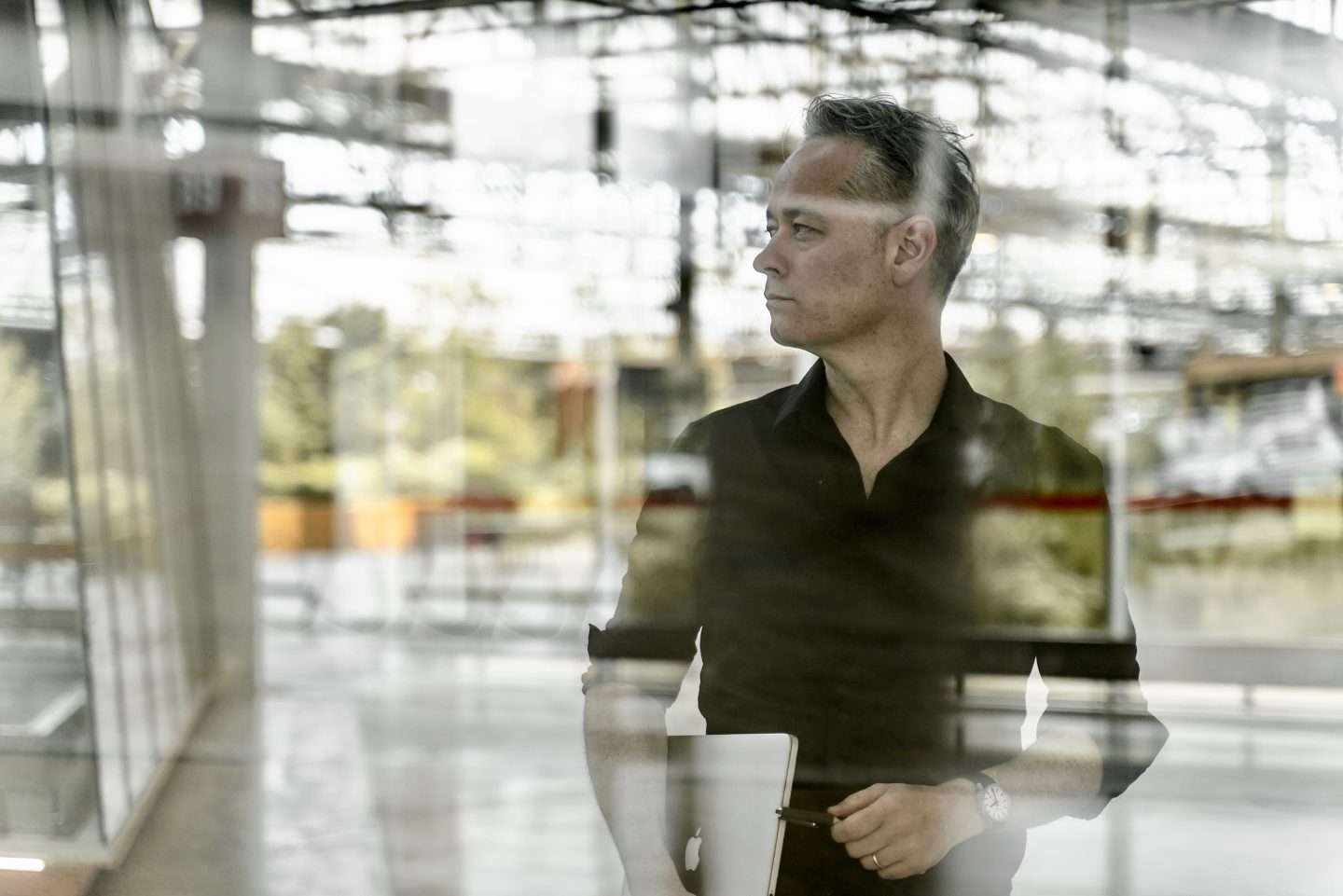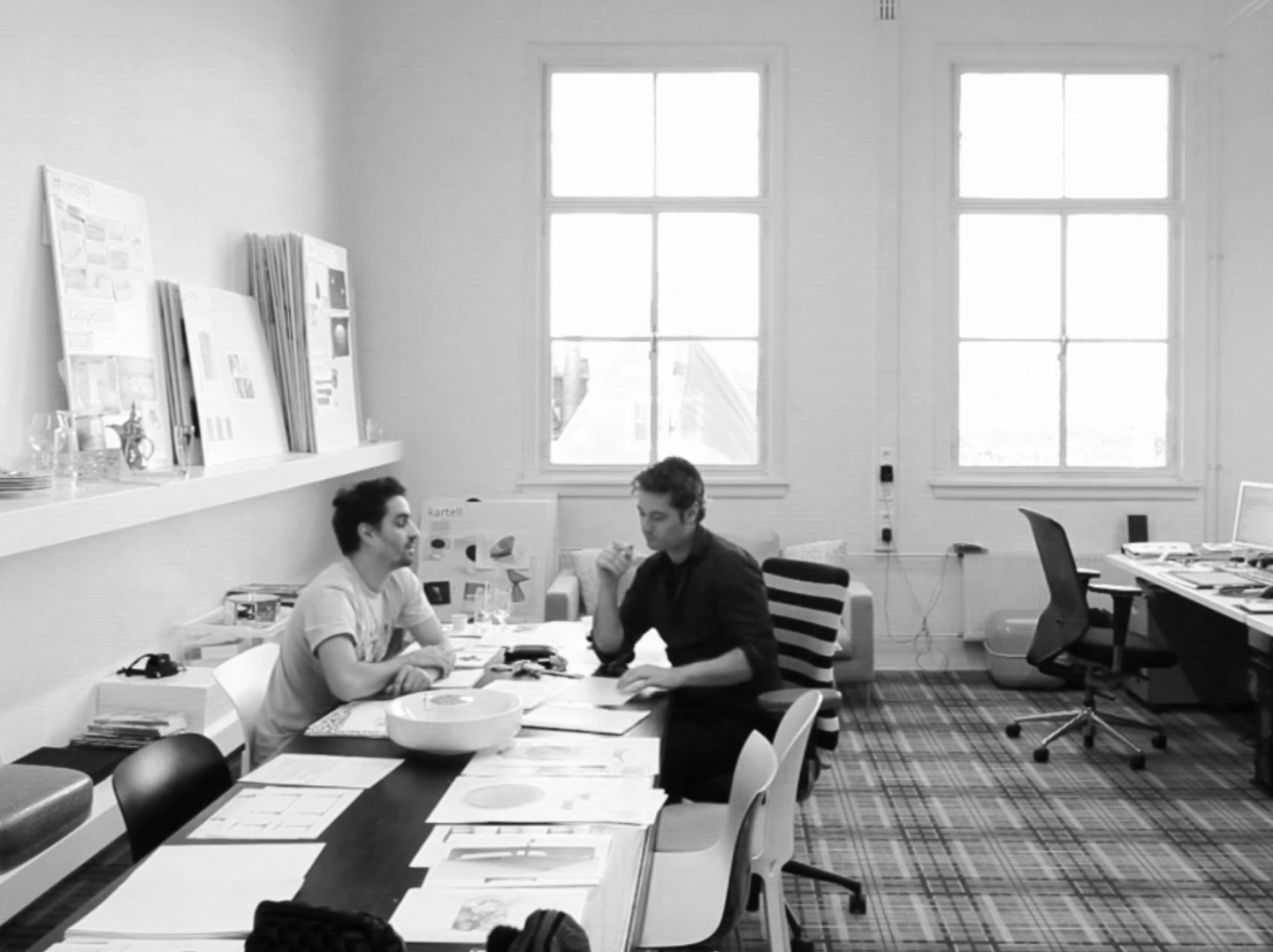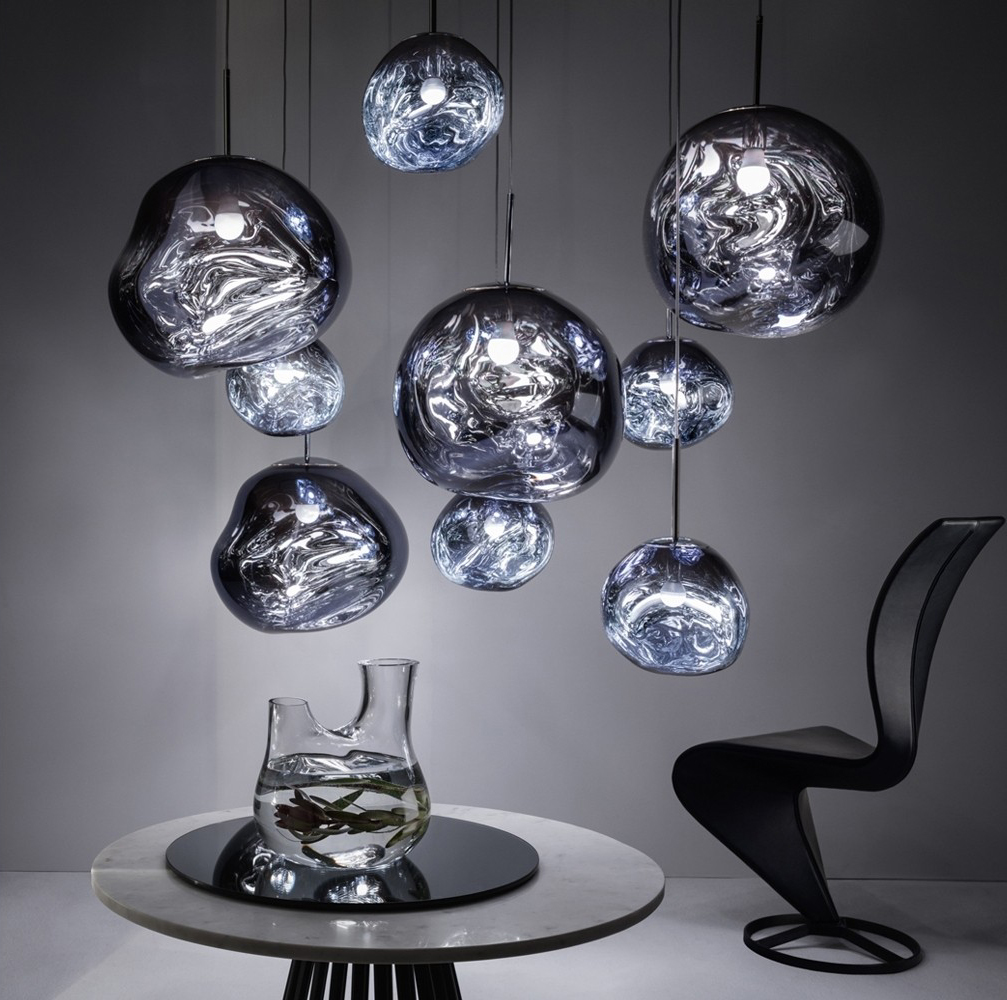Jim Hannon-Tan:
Alessi to Adelaide

Designer Jim Hannon-Tan is bringing an important global perspective to Adelaide’s rapidly changing industrial design scene.
Jim Hannon-Tan left Adelaide in the late 1990s and later spent nearly two decades in Europe working with powerhouse studios and brands including Alessi, Tom Dixon, Marcel Wanders, Magis and Moooi.
Six months ago, he opened a globally- focused design studio at the New Venture Institute (NVI) at Flinders University, part of Tonsley’s innovation hub. He’s now working on diverse projects ranging from next-generation titanium and copper furniture and ground-breaking medical devices to architectural desktop organisers and new designs for Alessi.
Hannon-Tan says it’s an exciting time to be a designer in Adelaide with the industrial transformation, dubbed Industry 4.0, forcing a rethink on our approach to manufacturing.
“When I first came back to Adelaide [three years ago], the automotive sector had closed down so there’s been this push, this sense of urgency, to figure out how industry can transform, and this is where design has become a lot more relevant,” he says.

“Our competition is global. If we do not get smart, other countries will eat our lunch. Where previously I think minds were closed in Adelaide, I now see a real enthusiasm to try new things.
“We need to focus on advanced manufacturing to be globally competitive. This is where people are innovating, trying out new approaches, and it is where design is most relevant, so, for this reason, Adelaide is a good place for me to be.”
While in Italy, Hannon-Tan enjoyed working with leading Italian furniture company Magis, which he says uses constant technological innovation “so they can differentiate themselves and not be copied so easily by China”.
“I learnt that in order to truly differentiate you have to go to the level of technology, or try new business models or tackle some other previously assumed constraint in order to redefine the parameters, so I’ve been applying this approach since I came back to Australia,” he says.
His current work developing titanium and copper luggage and furniture using 3D printing and a trademark process known as Titomic Kinetic Fusion is a good example. “Australian furniture seems to have a limited palette of possibilities [using] either wood or metal [worked with] basic tools, and anything else is imported from Italy or China where they have a market big enough to invest in tooling,” he says.

“So working with titanium and copper using new technology is interesting because we’re using Australian minerals in a completely new way, and, rather than shipping the ore overseas, we’re creating high-value goods.”
Hannon-Tan has been pushing the boundaries since he left Adelaide in 1997 to study at RMIT in Melbourne. It is was here he met a lecturer and notable designer, the late Kjell Grant, who inspired him to travel.
“Hearing his stories about the exciting world of international design captured my imagination. I wanted to see the world and learn from the best so when he organised an exhibition of recent graduate works in Milan, I jumped at the opportunity,” he says.
Hannon-Tan was 24 when he left Australia in 2001 with a one-way ticket to Milan and a head full of dreams. “I left Australia as I had a sense of the possibility of industrial design, but what I saw around me in design seemed to lack the creativity and excitement I sought. It was as if I wanted to be an artistic painter but everyone around me was painting houses,” he says.
“I later discovered that it was a cultural difference. Australia is defined by a certain brutal pragmatism which comes from being a frontier society whereas in Italy there is a tradition of craftsmanship dating back to Renaissance times and beyond but we do have a lot to offer and international audiences are interested.”
Kickstarting a career in Milan as a young Australian designer required talent along with hard work, patience and a degree of risk-taking. “I fronted up to the Alessi factory with just a handful of sketches and they said, ‘This is great work, are you working for a studio in Milan? That might be a good idea’,” Hannon- Tan says.
For the next nine years, he built his design credentials, working with lauded designer Jozeph Forakis and later collaborating with other big-name studios such as Giovannoni Design and Sebastian Bergne, among others.
“I was about to open my own studio in Milan when I met some Dutch designers and what they were working on was really exciting so I got a job with Marcel Wanders and moved to Amsterdam in 2010 and had an amazing three and a half years there,” he says. This was followed by two successful years in London as design manager for the celebrated Tom Dixon brand.
After spending 16 years overseas, Hannon- Tan wanted to put down some roots and returned to Adelaide where he now lives with his wife, Valerie, and their one-year-old son, Matisse.
“After being away for so long, it’s like I wanted to be in a place where I understood language, understood the system, and could really fully engage in that and just be close to friends and family again,” he says.
Hannon-Tan’s studio at Tonsley may seem worlds away from Milan’s design hub but he doesn’t see any limitations being based in South Australia.
“When I was living in busy cities at the centre of it all, I had a growing sense that good ideas can come from anywhere… it doesn’t really matter where you are.”